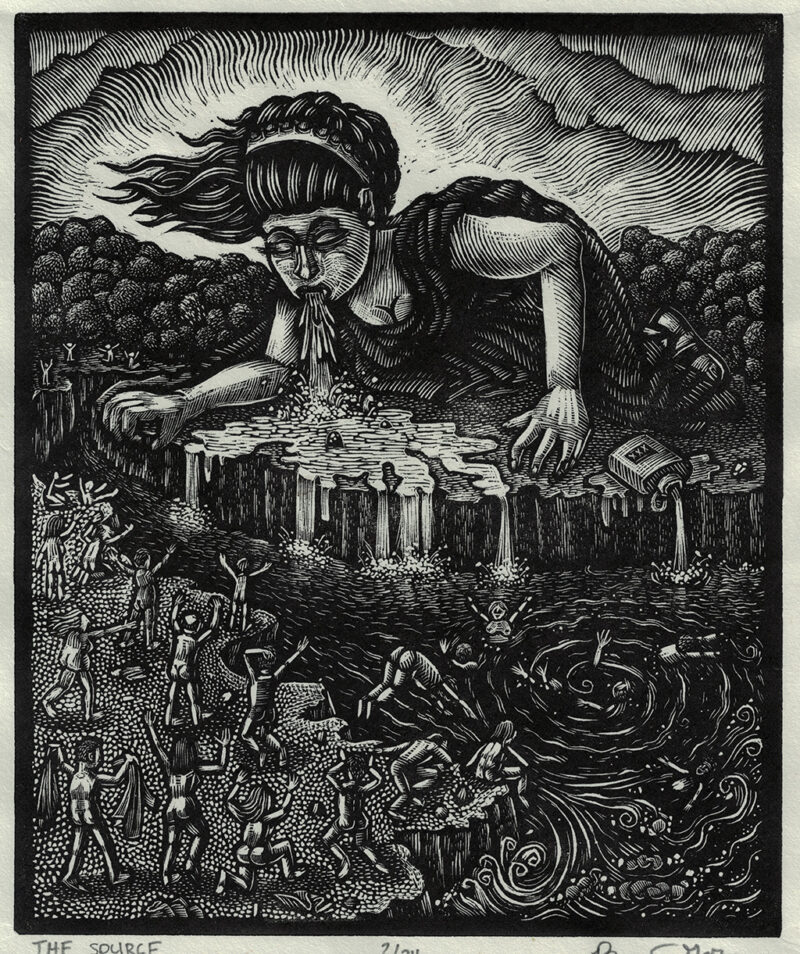The Crimson Diamond on PC
The Crimson Diamond is a throwback to early Sierra 3-D adventure games like King’s Quest and Space Quest. Unlike their far-more refined contemporaries at LucasArts, the Sierra games still used a text-based parser instead of a pure point-and-click interface. The text input allows for much more detail in the way puzzles are structured, but it also introduces some major annoyances in terms of guessing verbs in hopes of instigating a particular action.
The Crimson Diamond attempts to mitigate some of these known problems by including quite a few quality-of-life improvements like a notebook and shorthand commands for common actions. Overall the game manages overcome most of the limitations of the mechanics. As far as adventure games go, it was not as difficult as any of the original Sierra titles were but there’s a bit of a twist to that assessment that I will discuss a bit further down.
Much like the very first graphical adventure Mystery House, this is a murder mystery. You play as a mineralogist assigned to investigate if diamonds indeed exist in the remote Canadian forest area of Crimson. You find yourself in a lodge filled with suspicious characters and then shenanigans ensue. The setting is mostly limited to the lodge and grounds around it and the game-play is very process oriented: collect fingerprints, identify footprints, and eavesdrop on conversations.
It’s all wonderfully illustrated and written with quite a few memorable characters. The art style mimics that second wave of Sierra games starting with (I think) King’s Quest IV in which the graphics are still pixelated, the palette is limited, but a slightly higher resolution allows for more detail. That three pixel blob is now a seven pixel blob and it kind-of/sort-of looks like what it’s supposed to be.
Aside from some technical problems (which are slowly getting fixed with each release) my biggest problem with the game was its end-game. I was not prepared for the final interrogation in which I was supposed to type in the names and actions of the guilty parties and much more. The idea here is that it will add replay-ability as you realize all the clues you missed, but I do not have the patience to replay most games, especially an adventure game. I would have preferred if the game had a similar, lower stakes version of this interrogation in the first act to prepare me in advance and make me more aware of the importance of note-taking and the thorough investigation of everything.
But, overall it was enjoyable and more detail oriented players will probably like it quite a bit.










